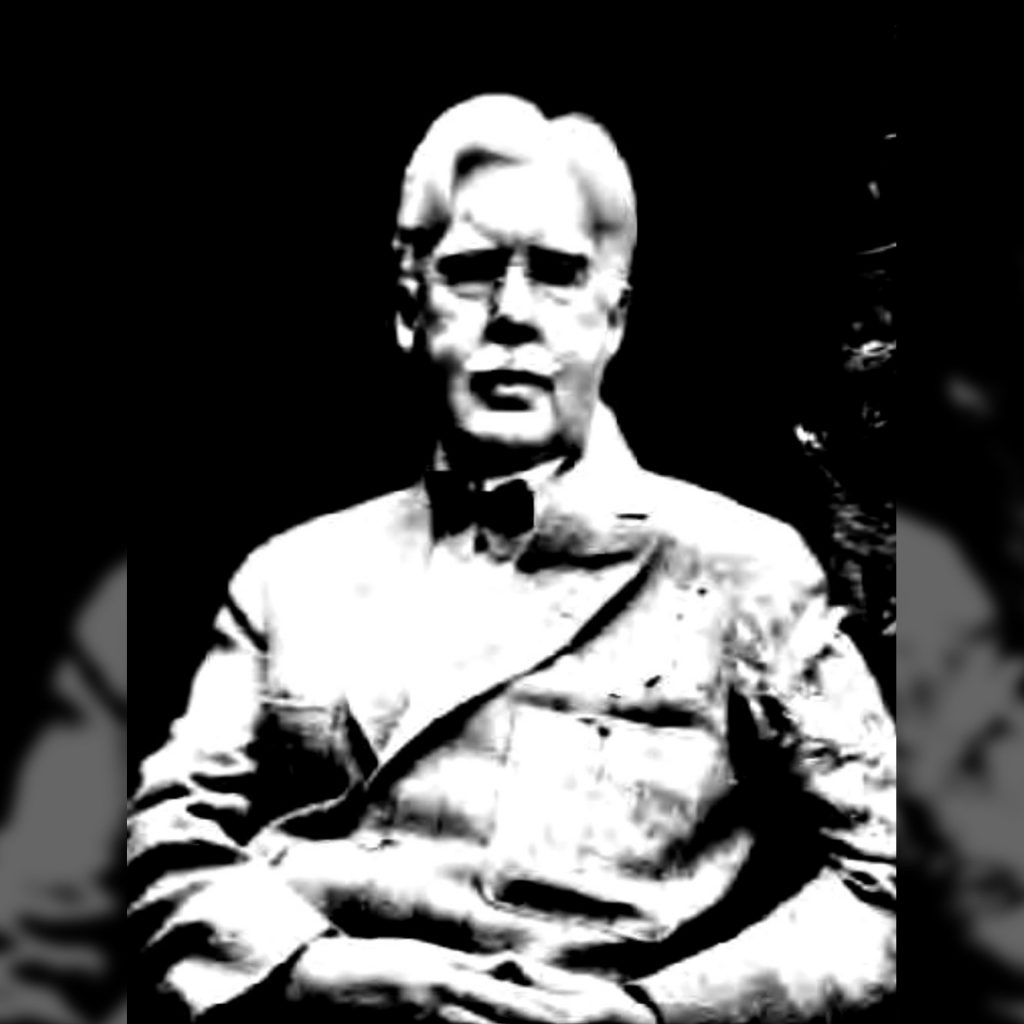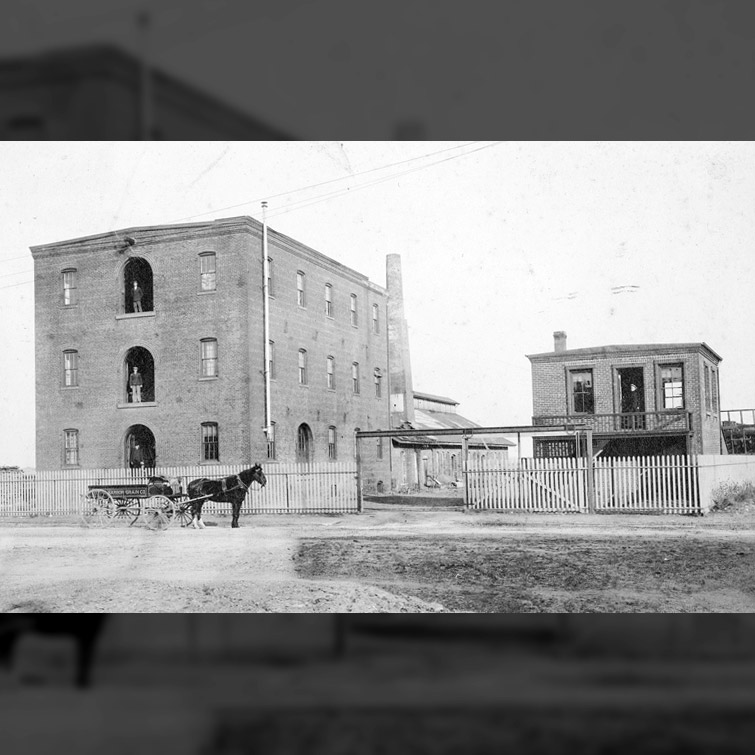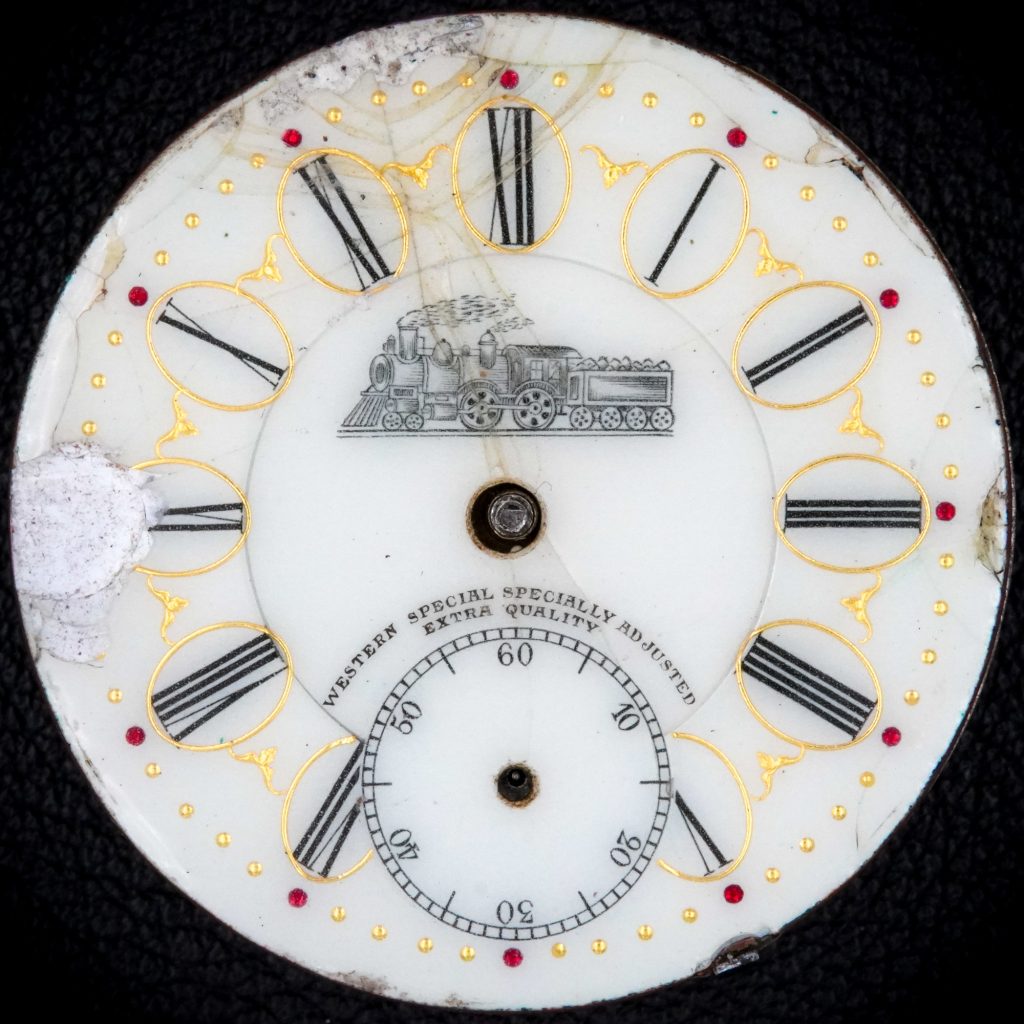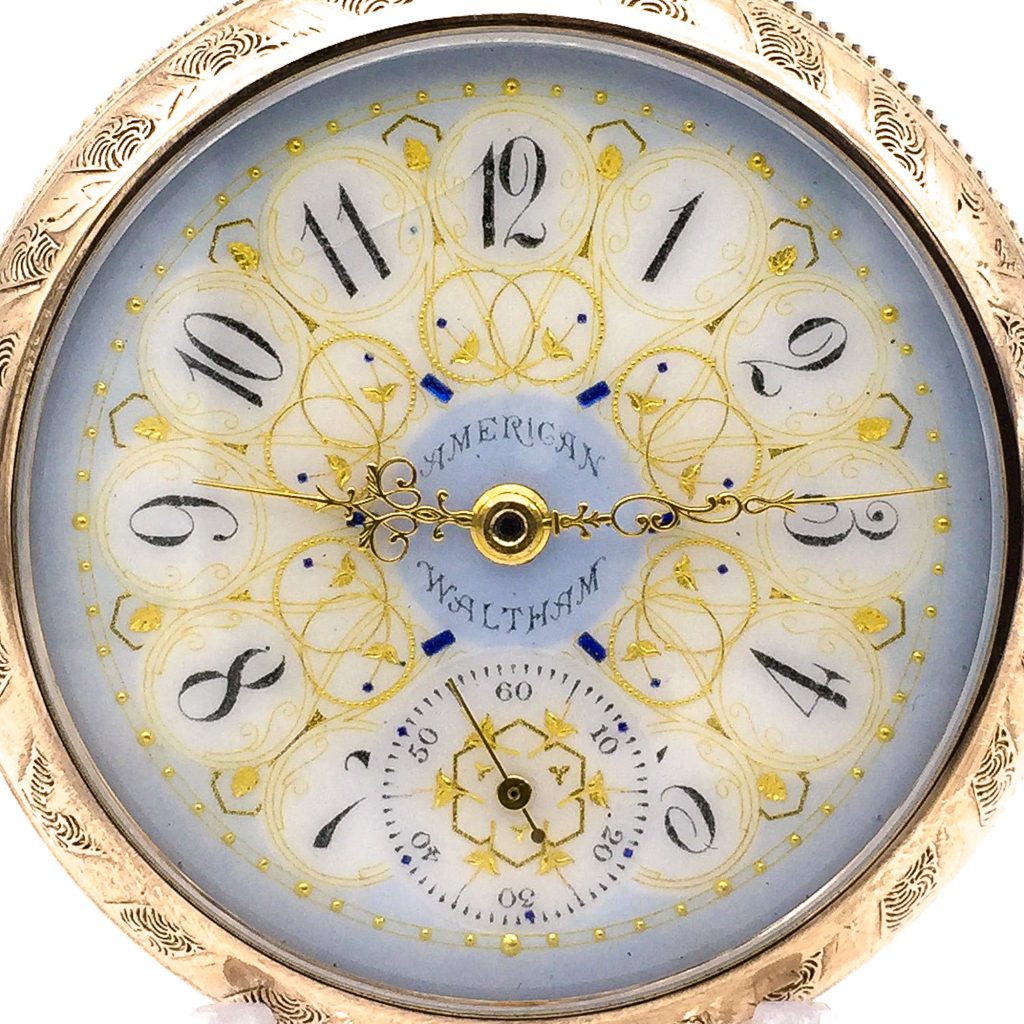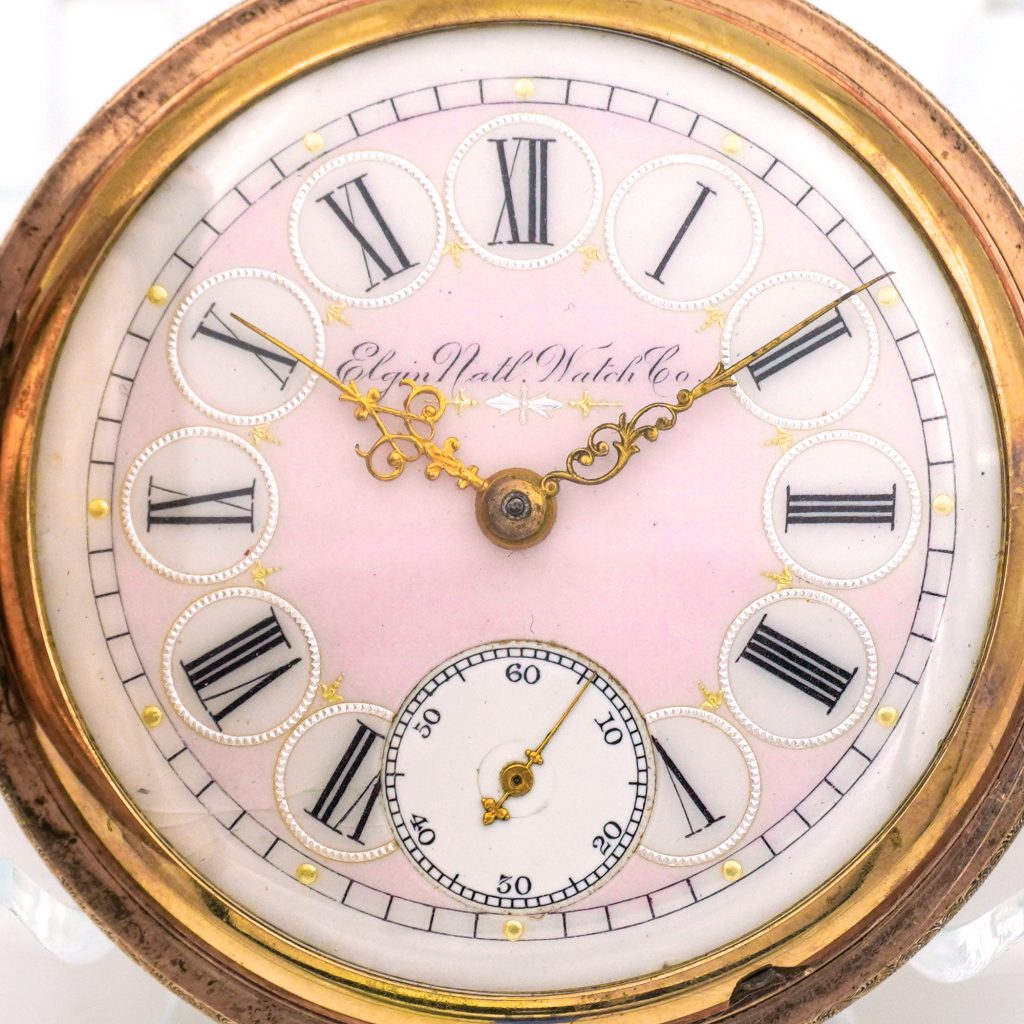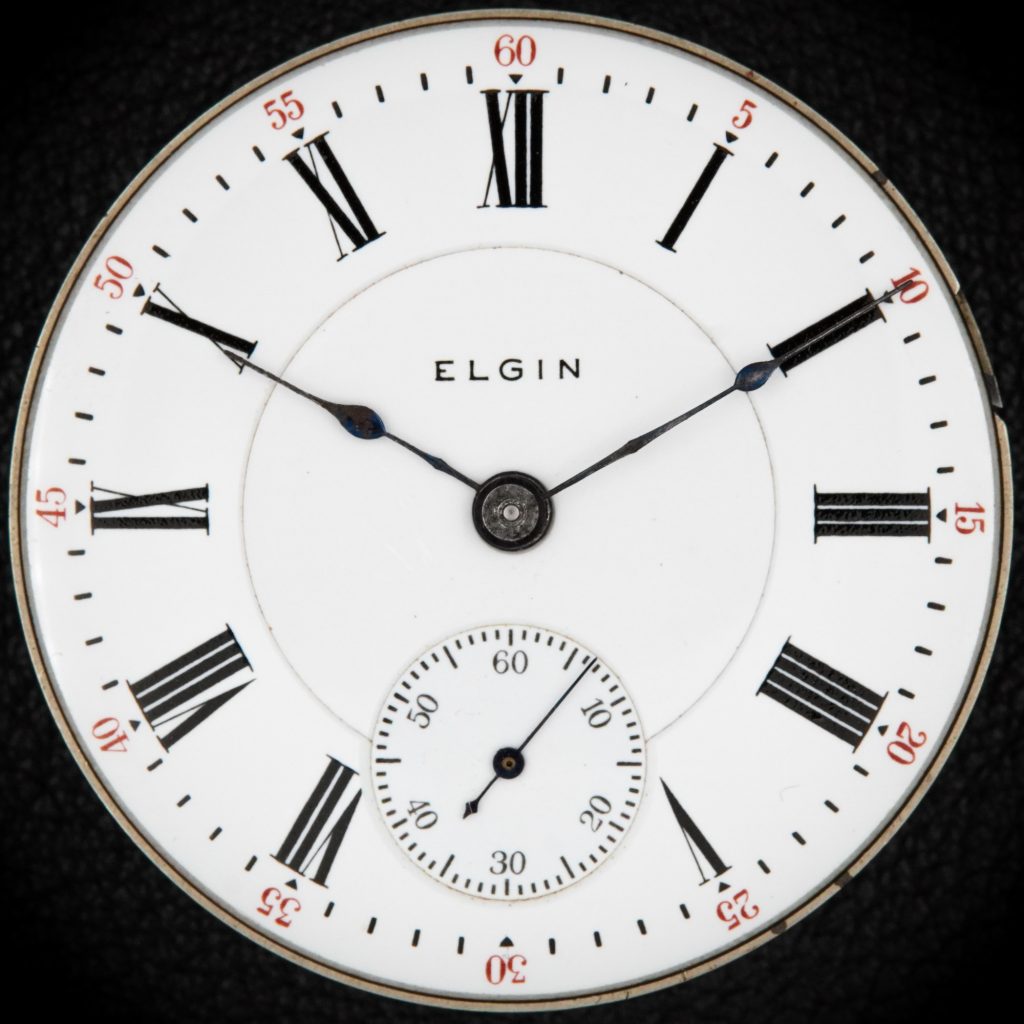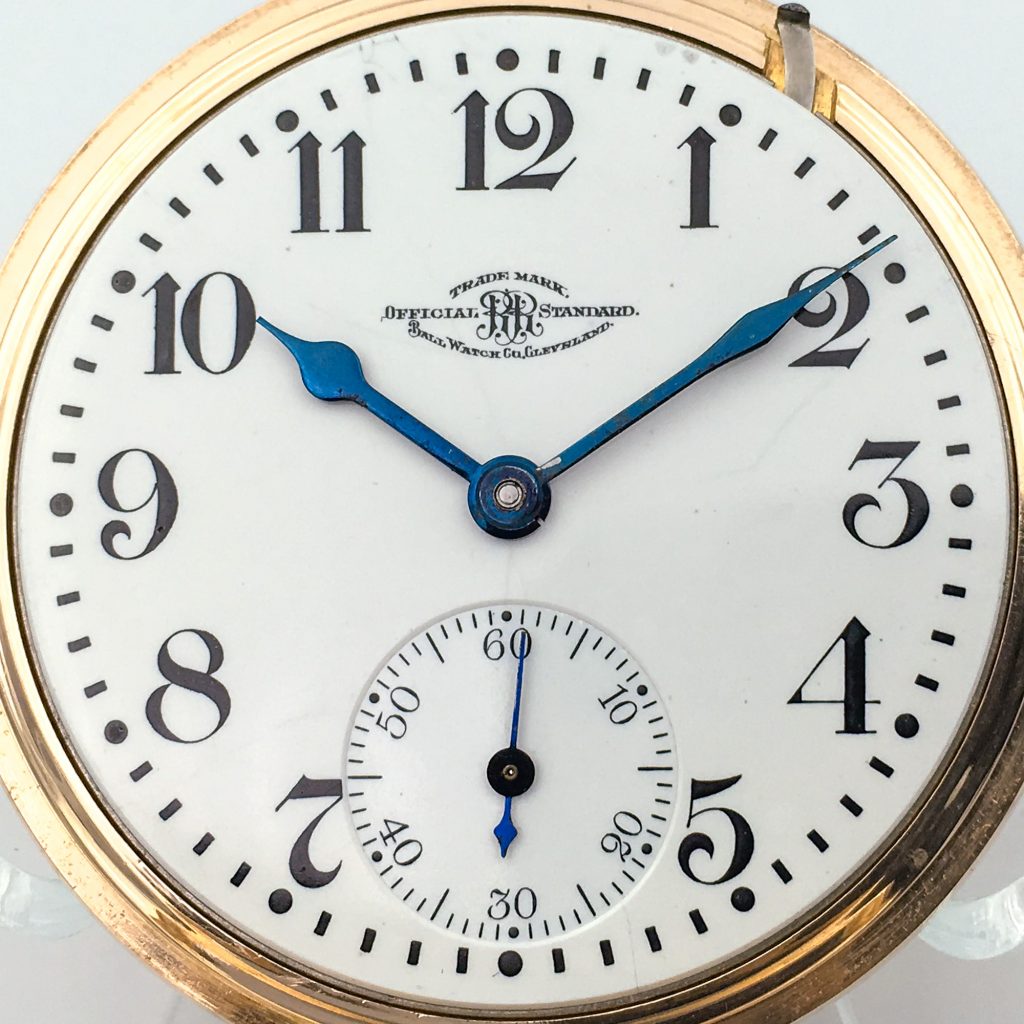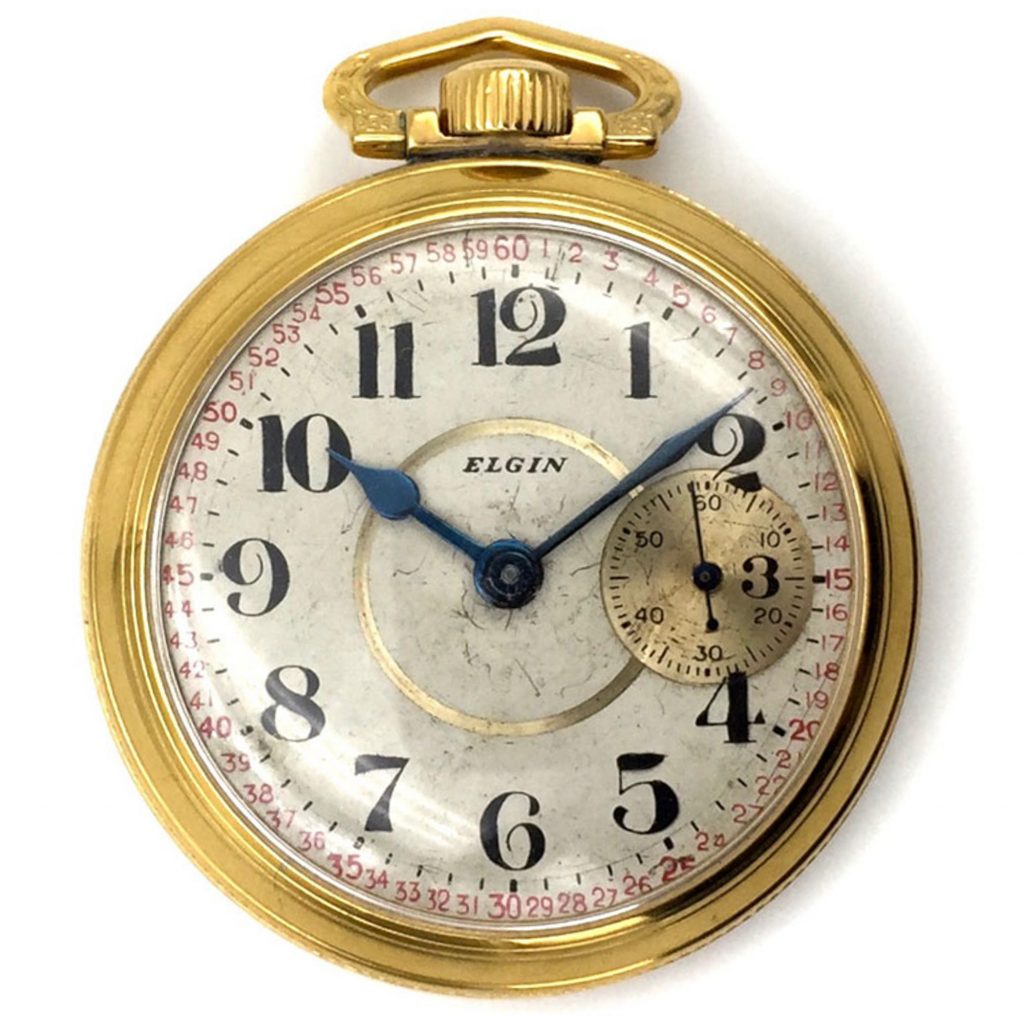Pictured: The Eaton Dial Factory (2nd Floor of the Hampton Mills Building), c.1890s In March 1892, The Eaton Dial Manufacturing Company was organized with a capital stock of $7,000 at.
Pictured: “Western Special” Swiss Import Dial in the O’Hara Style, c.1900 By 1909, the O’Hara Waltham Dial Company was the last remaining independent dial manufacturing operation in America. Techniques developed.
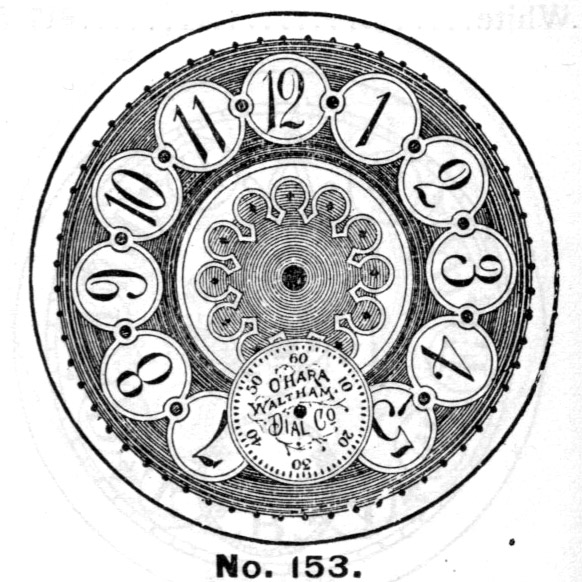
Pictured: American Waltham Blue/Gold Fancy Dial (Unmarked, Considered to be an O’Hara Dial), c.1894. In 1890, the Waltham Dial Company was organized to satisfy the demand for fashionable “fancy dials.”.
Pictured: Elgin Pink Enameled Fancy Dial with Silver and Gold Embellishments, c.1890s. While colored enameled dials were sparsely available in the American market prior to the 1880s, it was not.
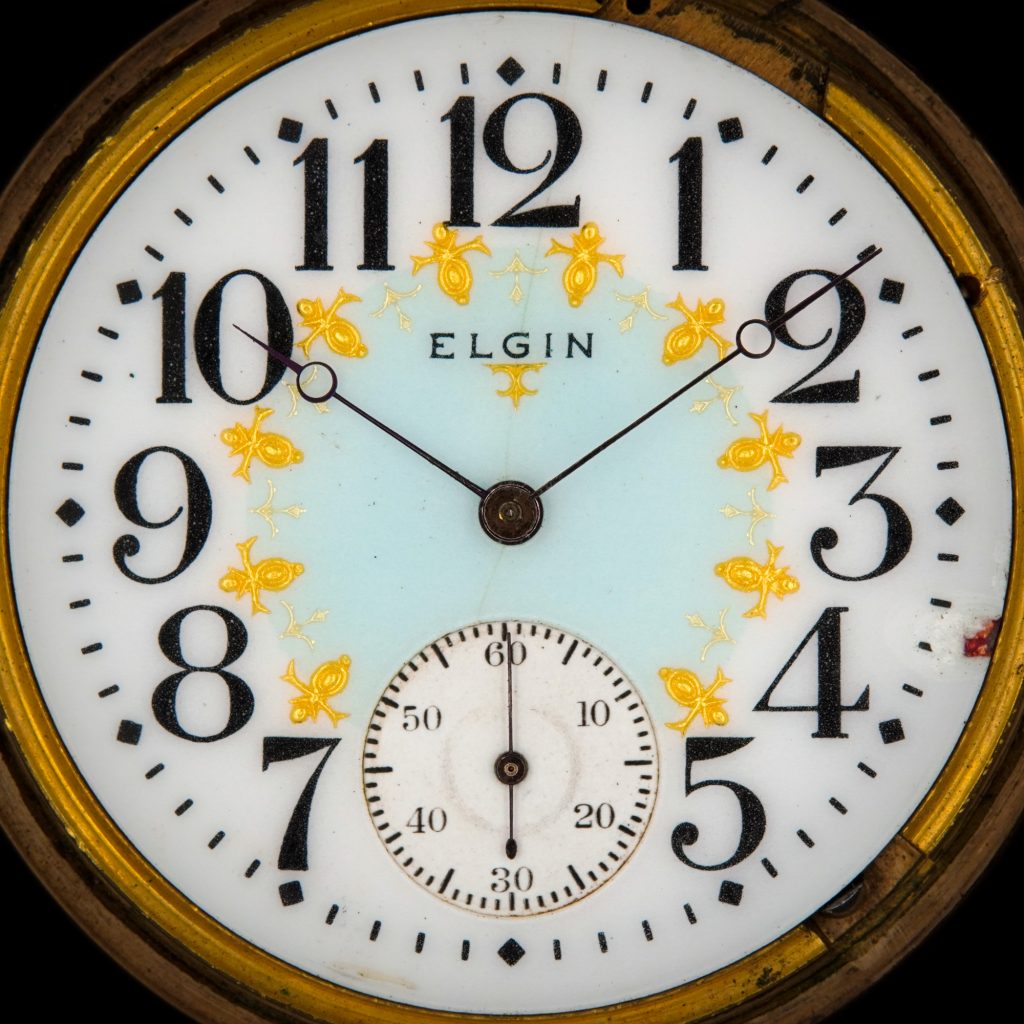
Pictured: Elgin White Double-Sunk Enamel Dial, c.1900. The quartz watch is a relatively modern invention, allowing accurate timepieces to be produced inexpensively. However, the watchmaking industry was using quartz well.
Pictured: Ball “Official RR Standard” Railroad Dial, c.1905. Webb C. Ball was arguably the most prolific figure associated with time inspection on the railroads. As general time inspector for many.

